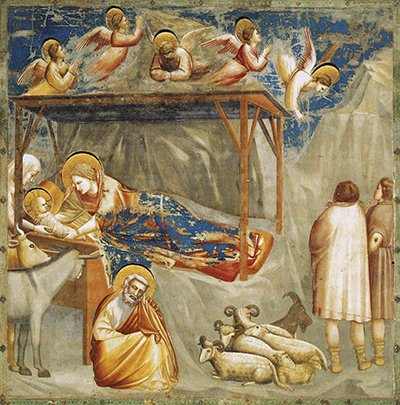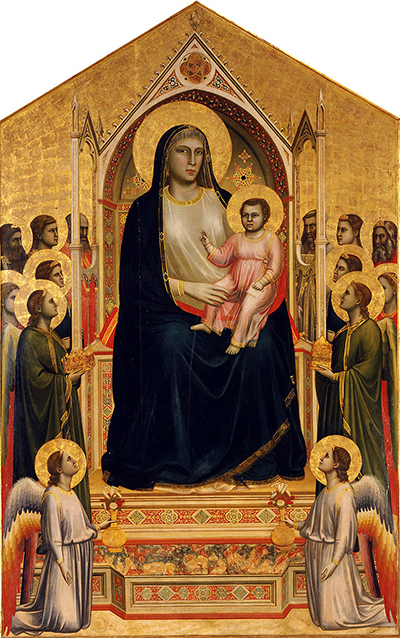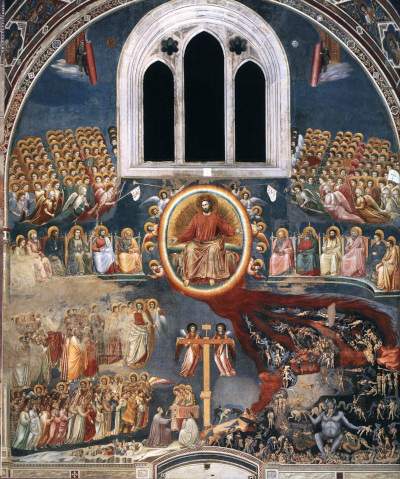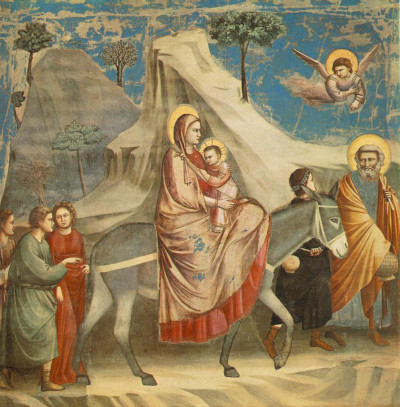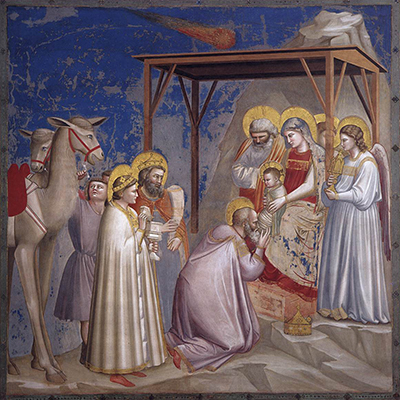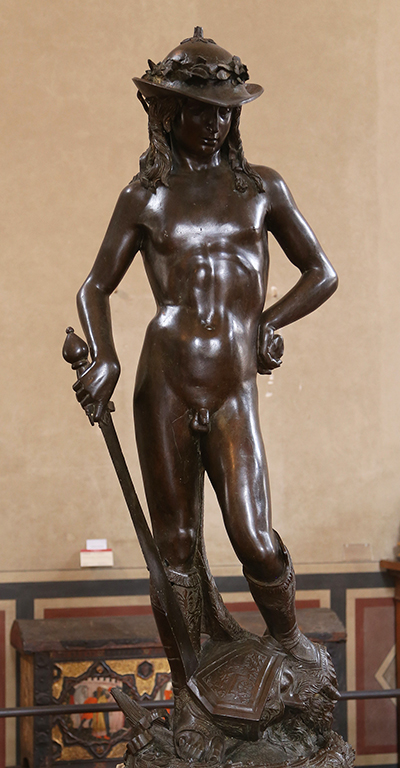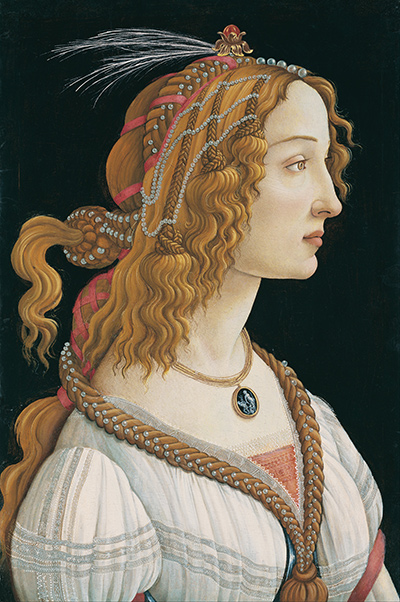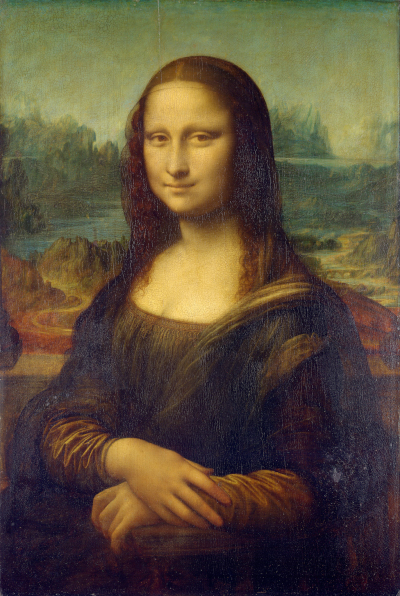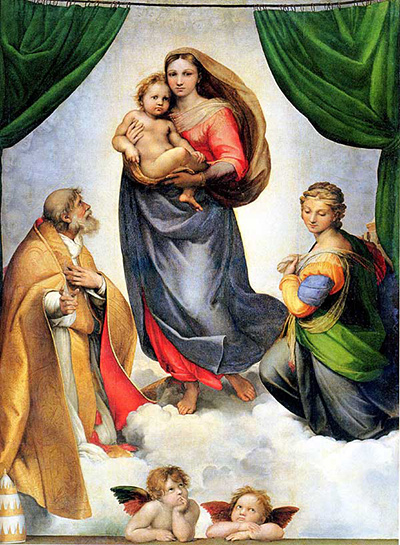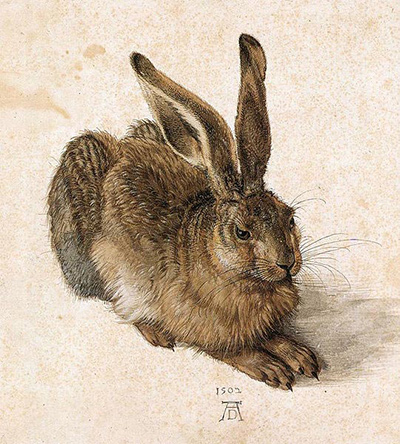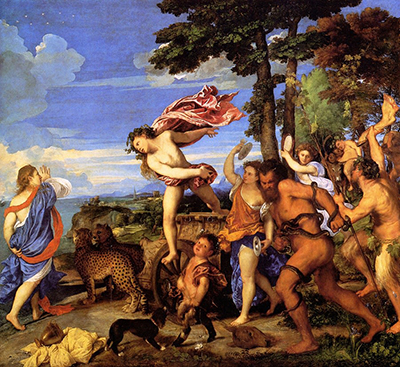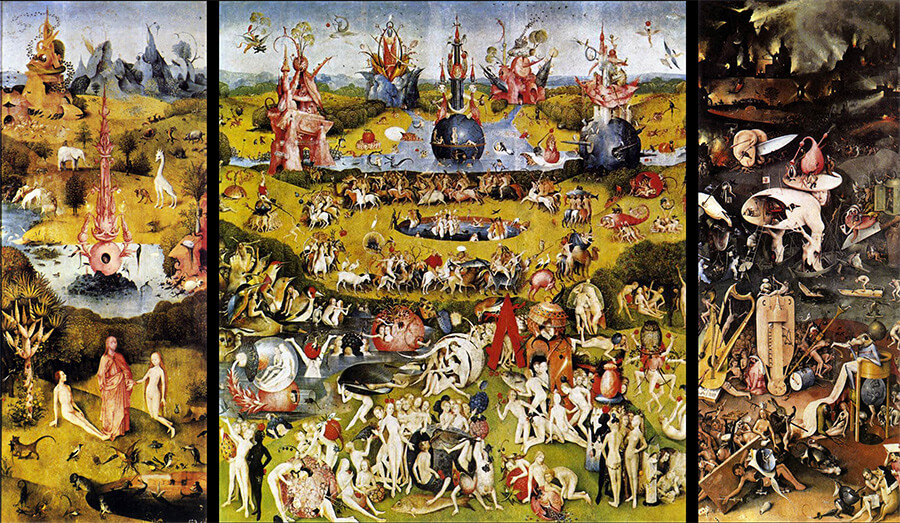Giotto's Stefaneschi Triptych was produced in circa 1330 and many believe that the artist received assistance for this artwork from members of his studio.
History behind the Stefaneschi Triptych
Cardinal Giacomo Gaetani Stefaneschi would commission this project, intended as an altarpiece for to be displayed in the Old St Peter's Basilica in Rome. It can now be found at the Pinacoteca, Vatican. This particular triptych was accompanied by significant documentation which has enabled us to date it more accurately than most of his others paintings.
Date
The triptych is dated to around 1320, which places it very much towards the end of Giotto's artistic career. We find within this two-sided, three panel creation many examples of his evolution as an artist. It is boldly and confidently executed, with impressive displays across perspective, landscape art, figurative art and religious content within a complex arrangement.
Composition
In a similar format to Giotto's Last Judgement, Christ takes centre stage and is supporting by angels who surround him as he sits upon a throne. The gold tones which persist throughout this collection of panelled paintings helps to really lift the overall piece and leave a strong impact on those viewing it for the first time.
The two frescoes that sit either side of Christ Enthroned are the equally powerful scenes of the Crucifixion of St Peter and the Beheading of St Paul. The clear sky for each is depicted using gold paint rather than the standard shades of blue that we typically see today. This gives a dreamlike effect that separates these scenes from our own normality.
On the reverse side of the piece you will again find three portraits, namely St James and St Paul, St Peter Enthroned, St Andrew and St John the Evangelist. Giotto used tempera to put together these paintings, typical of all Italian painters during this period. It was only at a later date that influence from Flemish painters would begin to tempt Italian artists towards using oils instead.
Size
The tripych is relatively small, spanning around two meters in height, and close to three meters in width when viewing the full arrangement of three panels with the row of predellas beneath. Whilst this may sound large, for its position within a large open room in Old St Peter's Basilica in Rome, it would struggle to fill the available space. Some believe that an elaborate frame may have been used to extend its presence further.
Giotto's Role within this Commission
There are many question marks that remain surrounding this piece. There is still no agreement over where exactly the piece was initially hung within the Basilica. There is also confusion over the precise year in which it was created, though this is typical within Giotto's career. There also remains debate over Giotto's role within the project, and just how much support he received from his assistants. Some have argued that their involvement was actually fairly considerable, and that the great master may have had more of a supervisory role.
Triptychs within the Renaissance
Triptychs were relatively common during the Renaissance, but far less so now. Some of the finest paintings in art history have been produced using this format, such as Hieronymus Bosch's Garden of Earthly Delights. The separation into three allowed artists to tackle clearly contrasting themes and present them together as a series.
Large Image of the Stefaneschi Triptych (Back Side)
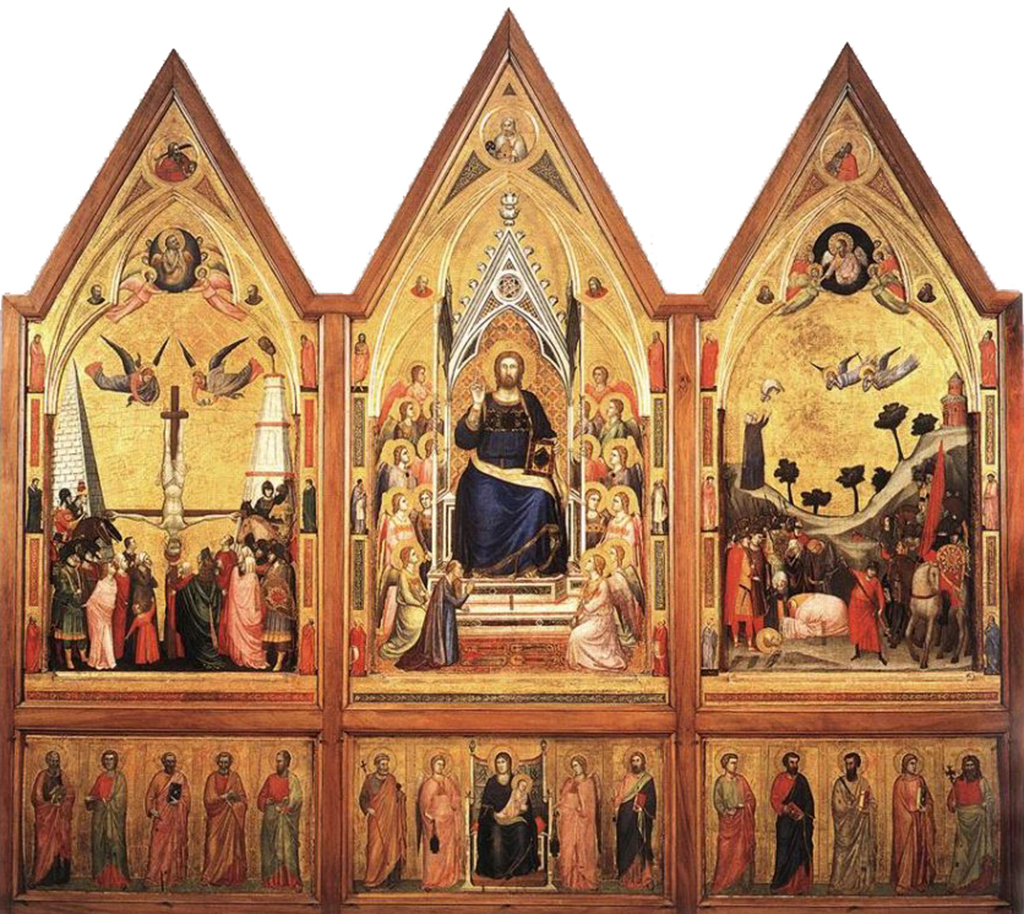 Back Side of the Stefaneschi Triptych
Back Side of the Stefaneschi Triptych
More Renaissance Artists



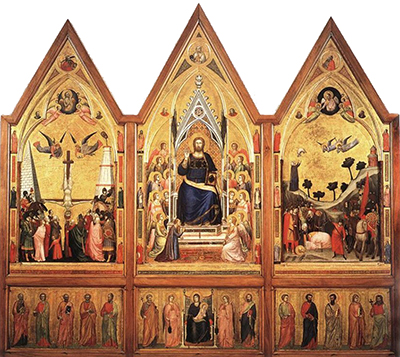
 Giotto.jpg)
 Giotto.jpg)
